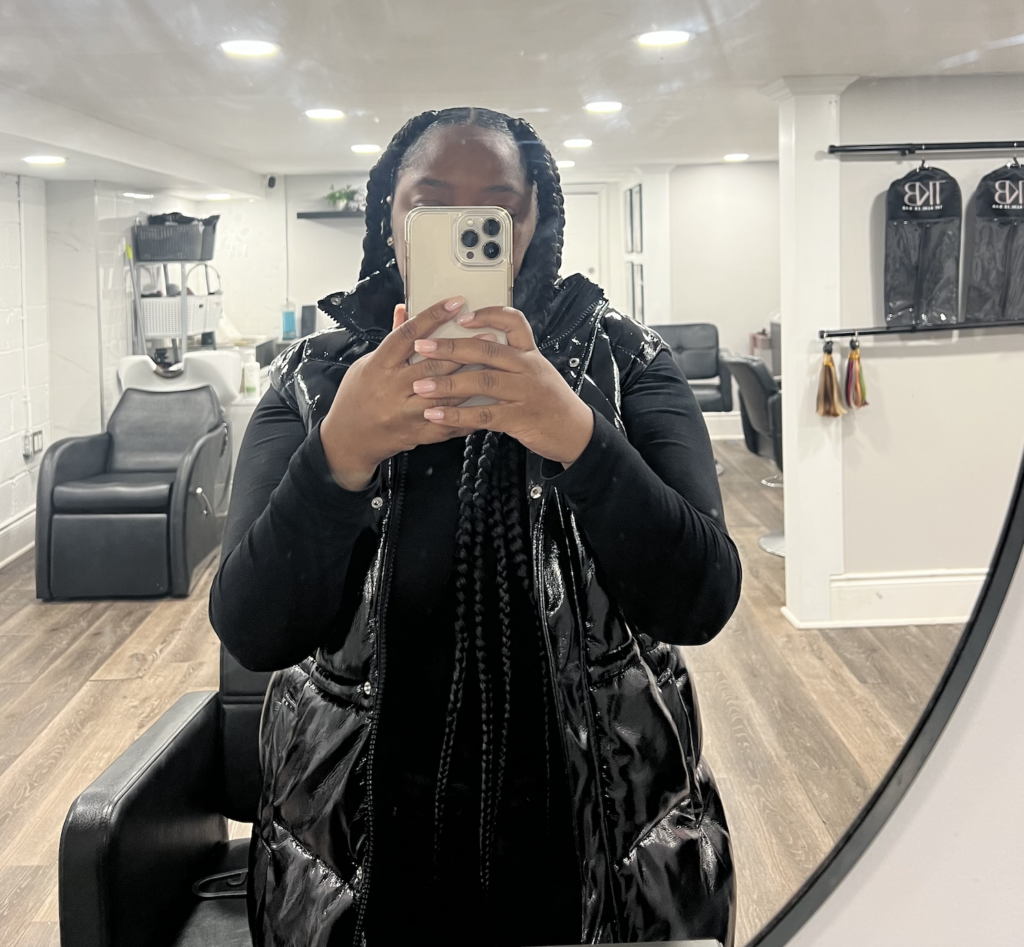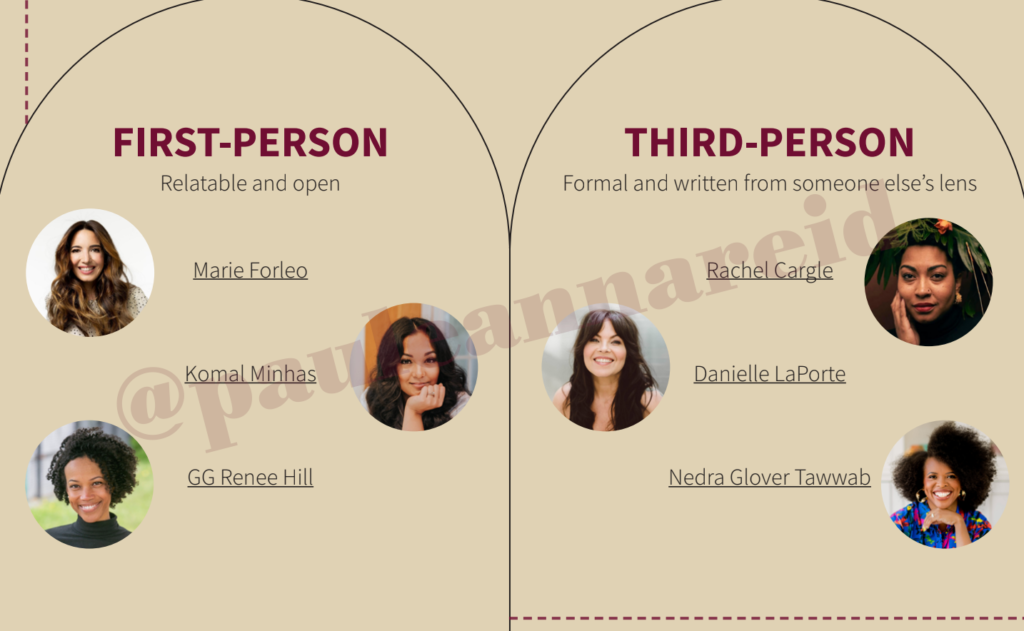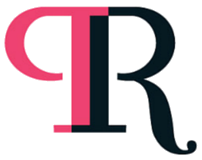
With the virality of my recent Instagram reel (more than 1,000,000 views) that featured the elevator pitch I gave at a conference last year, I’ve since received countless inquiries to ghostwrite similar introductions for members of my online community. The overwhelming interest in a topic I know all too well prompted me to write about how to construct your biography, while extracting the perfect elevator pitch from within it. While I gladly look forward to taking on new clients, I truly feel that this process can also be a beautiful journey to develop a deeper knowing of oneself, and I simply couldn’t pass up the opportunity to turn it into a meaningful mentor moment.
Simply put, your biography is an essential sales tool. It’s how you communicate your credibility, your market value, your passion, and your purpose. But, as impactful as it can be, there are a few key things to think about before you put pen to paper. When I approach any big project or idea, the first thing I like to do is create what’s called a mindmap. It’s a great brainstorming tool.
What I enjoy most about this process is that it gives me the freedom to be messy, revealing, scrappy, and ugly, knowing that my original notes don’t have to be perfect. The biggest mistake people make when they attempt to write about themselves is that they assume the first word, sentence, or paragraph needs to be flawless, and then get frustrated when everything doesn’t come together as they’d initially hoped.
Recently, I decided to rewrite my biography, and during my brainstorming process, I asked myself a few pertinent questions to help create a clear flow of ideas. When approaching something so grand, I like to think about the big picture first, then narrow down my vision. So, to help with your next creative session, I’ve come up with prompts to help guide you through. When I work with clients, I often leverage my background knowledge about their brand to tailor my interview questions specifically to their career trajectory and passion journey. But, for the sake of this blog post, I consider this to be a good starting point.
Drafting a strong biography requires clarity and intention, so don’t treat this lightly. Start by answering these seven questions:
- Where do you want to take your career?
- What do you want to be known for?
- Who is your target audience?
- What clients or projects do you want to attract?
- Who are you beyond your title? This question always stumps people because we often have a tendency to tether our identities to our varying careers, expectations, and accolades.
- What is the overall tone and feeling of your story?
- Where will your biography be published?
Let’s focus on the first two questions. At a glance, I understand that they probably feel quite heavy. If you’re career-oriented, you’re likely accustomed to putting your head down and doing the work. But now it’s time to come up for air and celebrate what you’ve built. I imagine that as you explore this conversation with yourself today, they’ll involve ideas you haven’t visited in years, if at all. While intentionality is integral to this process, it’s just as important to remember to have fun and release yourself of the pressure to be perfect. This is an evolving document.
The scope of our lives is so vast that there’s no way we can fit every grandual detail into a single page. My suggestion is to find the common thread that ties them all together. This common thread is also synonymous with the main theme or core message that you want to convey.
Here’s our first exercise:
Show parallels between your career trajectory and your passion journey.
Example 1 (me!):
Career: journalist, author, ghostwriter, speaker
Common thread: a love for storytelling and connectivity
Example 2:
Career: consultant, strategist, management
Common thread: a love for teaching and mentoring
Example 3:
Career: publicist, media trainer, crisis expert
Common thread: a love for problem solving and communications
Now it’s your turn:
This step is how you make your biography feel more universal and compelling, rather than a boring regurgitation of events. We’ve all read bios that blandly state, “I do this, and I do that. And one time I did this, and did that.” We can all agree that bios like this emote little to no emotion which, in turn, make them come off disjointed.
For those of us who are multi-passionate and multi-hyphenate leaders, you need to look at your body of work like a portfolio with your bio acting as a highlight reel of those main parts.
Next, we’re going to weave in what we’ve learned about ourselves. Oftentimes what you’ll find in a bio is that the first paragraph anchors it. If done well, it can even stand on its own as it often establishes your credibility and who you are, while the rest of your bio works to connect the dots.
Let’s explore the following questions to add context, and color.
At this stage, we’re not concerned with the flow or formatting, we’re just trying to decipher what the most insightful stories are and the most relevant information we should use. When I interview clients, my questions are very specific to their experiences, but the questions below are equally as helpful
Revisit Your Past:
Add context to fill gaps
- Who were you before we came to know and love your brand/company/personna?
- What life events led to your awakening?
- How did you feed your passion?
- What is your earliest memory of identifying this skillset?
- What obstacles have stood between you and your goals?
- What steps have you taken to overcome these roadblocks?
Speak To Your Present:
Highlight your action steps
- Describe your brand, and what it represents.
- What unique qualities or vision do you bring to the table?
- What’s the core problem(s) your business is working to solve?
- What void did your career fill that ultimately brought you the happiness you desired?
- What wins, experiences, or moments make you feel like you are on the right path?
- What is your personal mission statement? Share the values you stand on and fight for.
Re-Imagine Your Future:
Tell us your big vision
- Where are you now?
- What has been the biggest catalyst for your career growth?
- How are you serving others?
- What are your short-term and long-term goals?
- What are you happiest doing when you are not working?
- What is one thing we’d be surprised to know about you?
One question I get asked often is: how much of a personal narrative should I add to my bio? Short answer: There’s no rule. You determine how much you want to insert. I determine my level of vulnerability by where the bio will be published. For example, if you publish it on your personal website, there may be details that contribute to that biography that you may not include in your media kit or LinkedIn profile summary. You set the tone and get to use your discretion to decide how deep you’d like to go.
When crafting your biography, I recommend also thinking about your target audience and what type of opportunities you’d like to attract. I can’t stress it enough—your bio is a sales tool. To cover all bases, audiences, and opportunities, I have one main biography that is 1.5 pages in length, but I also have three shorter biographies that are under 300 words. As a multi-hyphenate founder, my main bio speaks to my primary audience, while my smaller bios speak to other audiences, based on the room I’m in, who I’m speaking to, the core objective of the conversation or meeting, etc. It’s okay to have more than one bio, just like it’s okay to have more than one elevator pitch.

We can’t round out this post without talking about your brand personality. When writing your biography, it’s imperative that it embodies your authentic voice. Part of this can be achieved by the point of view you decide to write it in. First person bios tend to be more informal, relatable, open, and honest. Someone who executes this well is Marie Forleo. I’ve been following her for years and she is incredibly consistent. Whether you’re listening to her podcast, watching her on YouTube, or reading her copy, you can feel her passion and generosity exuded with ease. My kinda woman.
Next we have Komal Minhas. She is an investor, executive coach, and speaker. One thing I noticed about her first person bio is that she is very honest and vulnerable. It’s clear that she doesn’t prioritize her professional goals over her personal well being. Then we have GG Renee Hill. The first thing we learn from her first person bio is that she is an open-hearted introvert, and her superpower is her high sensitivity. The common thread between all three women is that they are unafraid to lead with emotion. It humanizes the experience for the reader, and draws us in to want to engage and learn more.
A first person bio is a first-hand account of how you see yourself, whereas a third person biography approaches your work from the lens of someone else. It also tends to be more buttoned up. In the image above, we have Rachel Cargle, Danielle LaPorte, and Nedra Tawwab. What I immediately noticed in all three bios is that their voices are far more formal and that the text includes a synopsis of their respective career trajectories; briefly highlighting their accomplishments, and qualifications.
Whether you choose to use the first-person or third-person approach, what we can deduce from the examples above is that, beyond the two extremes, there’s also a way to seamlessly blend the two. The beauty of crafting your own biography is that you can format it in the way that feels best to you.
I’ve never read a biography and thought to myself, “that should have been written in first-person.” Or “it should have been way more serious in tone.” No one ever does that. One rule of thumb I have is not to make my biography complicated. I avoid superfluous language, or acronyms that most people will likely not understand, and I simplify complex or technical concepts.. It’s never cute to talk over people’s heads to make yourself sound more important.
At this point, drafting your social media headline for LinkedIn, Twitter, and Instagram should be easy because it usually only requires one simple and short sentence. While most people list their titles, I’m going to challenge you to write a hook. An intriguing narrative creates urgency, and urges people to dive deeper.

Now that you’ve crafted a hook you’re happy with and you’ve incorporated it into your elevator pitch, it’s critical to practice it repeatedly. While I am extremely surprised my reel hit more than 1,000,000 views, it’s not lost on me that my pitch was popular among listeners. I’ve been public speaking for more than 10 years and still practice my introduction often. It doesn’t matter if I’m contributing to a conversation one-on-one or a room of thousands, how you show up matters. The energy you bring to every interaction matters and lingers long after you’ve left the room. I want people to feel seen, heard, and, most importantly, to know that I move with intention in everything I do.
My experience with biography and introduction writing for both myself and my clients has shown me that the better you know yourself, the easier the words flow onto the page. And in the process of understanding who you are, it requires deep conversation, sometimes ones we aren’t necessarily ready to have. Allow your story to grow with you, and remember that your biography or elevator pitch is a document that will continue to evolve.
